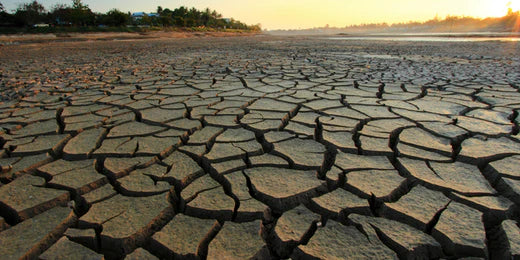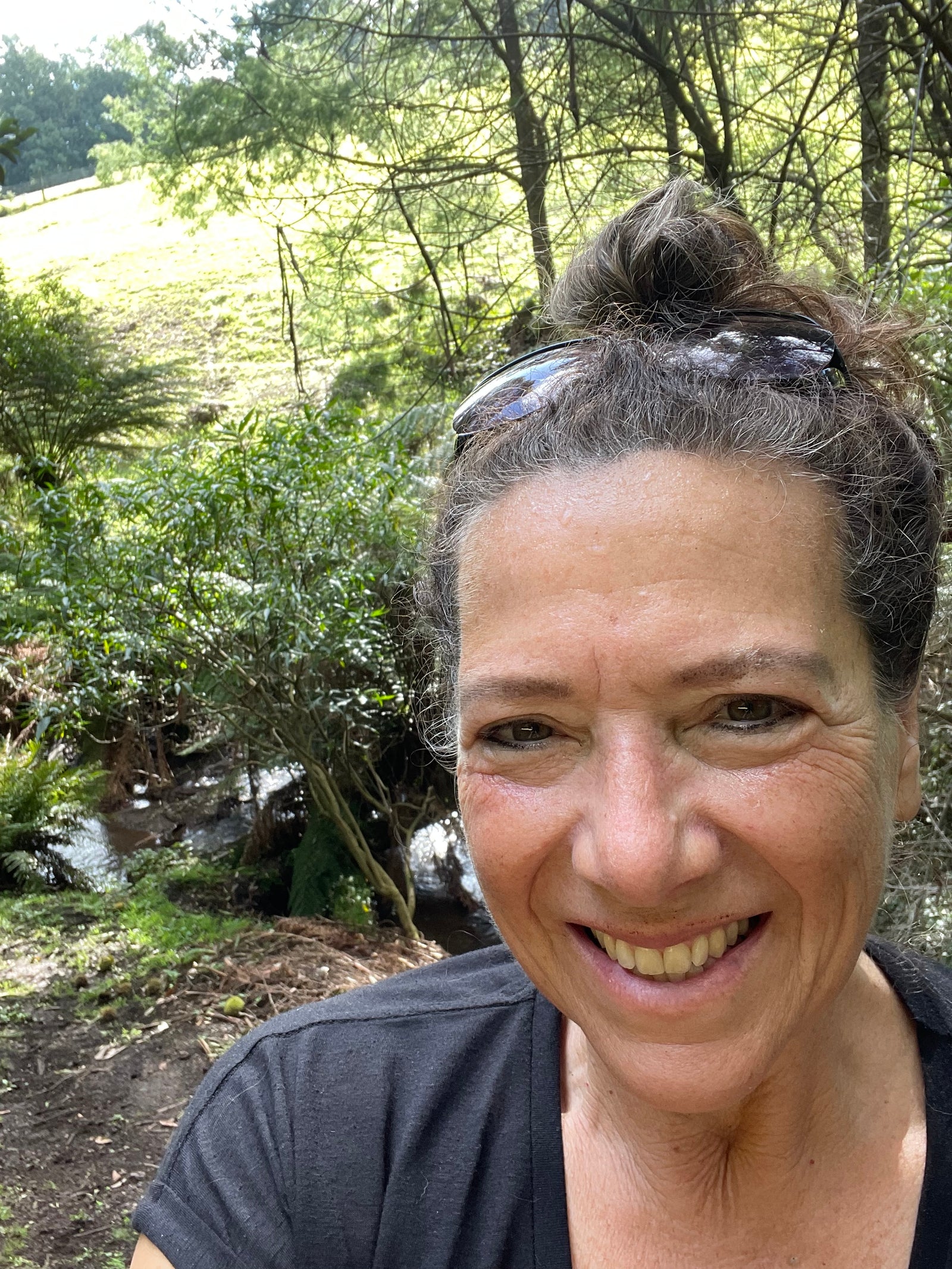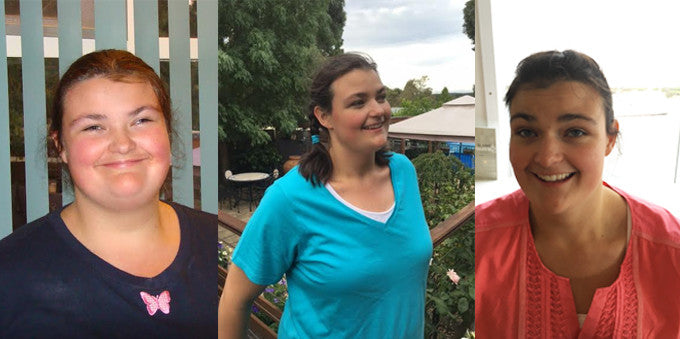With the Yolngu community in north-eastern Arnhem Land facing crisis-level diabetes rates, Jordan Ponder dives into the causes of chronic illness in Indigenous communities, along with sharing effective solutions to tackle this crisis.
Type 2 diabetes is one of the most rapidly spreading chronic health issues around the globe, with a whopping 436 million people afflicted. It’s a metabolic condition that affects the way our bodies process glucose, with the main dysfunction being that the body either produces too little insulin, or it resists is altogether – this then means that your blood sugar levels will be elevated at a dangerously high level. The consequences range from increasing your risk for heart disease and stroke, to nerve damage and blindness – and Jordan has seen the effects on Indigenous communities firsthand.
Jordan says it was his father’s health scare that initially prompted him to get involved in the health sector.
“I understand how personal health is and how much it impacts those around you.”
The 35-year-old now works as the executive general manager for Hope For Health in North East Arnhem Land.

Photo source: @ourhopeforhealth
“Here we have some of Australia's most pristine waters, the world's oldest surviving culture and yet the worst chronic disease rates in Australia,” he says of the region.
Prior to the American-Australian Scientific Expedition to Arnhem Land in 1948, the Yolngu people were living healthily without a crisis of chronic, preventable diseases. In fact, Jordan says it was even as recent as the 70s that the Yolngu people were living in good health and “renowned for their self-sufficiency.” The American-Australian expeditioners were guilty not only of stealing Indigenous human remains, but also of introducing health-destroying foods to the community – and it was this introduction of ultra-processed, sugary foods that marked the concerning change in the community’s overall health. Jordan says it comes down to the effects of the modern western diet.
“Assimilation into the wider Australian culture catapulted them into a sedentary western way of life, living in remote townships, smoking and eating refined foods with little information on the associated health impacts. White flour, black tea and white sugar quickly became staples along with soft drinks and other processed foods.”
Jordan notes the alarming statistics around the health crisis of the Yolngu people since the rapid changes to diet and lifestyle took place, with chronic disease responsible for up to 80% of the mortality gap between Indigenous and non-Indigenous Australians, and diabetes responsible for a whopping 12% of this gap.
“The issue is twofold in that firstly you have people and families suffering and dying young,” Jordan says. “The second is that you have the oldest surviving culture so caught up in ill health with elders sick and dying young that traditional knowledge and practices cannot be passed on and the culture dying.”
Jordan shares a number of the major contributing factors to the high rates of diabetes and chronic disease:
- “Food insecurity and the desire for immediate calories before family members demand their share.
- High levels of health illiteracy and the disconnect between traditional knowledge and modern food science.
- Stretched health services, be it primary care that operates with fly-in, fly-out doctors who don't speak the local language or short term funded programs that start, struggle and leave.
- Funding for health services going to clinical treatment and pharmaceutical prescriptions rather than funding towards education and preventative support measures.”
Jordan says the Yolngu people are facing high barriers to disease prevention and healthy living as a result of wealth disparity and disenfranchisement with “95% of the community on welfare.”
“The corresponding disenfranchised issues that low socio-economic and isolated factors bring, including addiction to sugar, smoking, home brew and gambling,” Jordan says of the issue, noting the difficulties of living in towns run by “the ways of a foreign culture.”
“For example, most people don't speak English very well and don't have email addresses, so services such as banking and superannuation are really tricky to navigate, leaving you reliant on a cash economy and other people's help to navigate simple personal financial issues,” Jordan says.
The excess of junk food and a lack of healthy takeaway options is another barrier Jordan notes is affecting the community.
“The abundance of cheap processed foods laden with sugar and stabilised fats is responsible for much of the preventative health crisis,” he says. “The relationship between emotions/stress and poor food choices is massive.”
This issue of ultra-processed foods being more readily available than healthier alternatives is one of the biggest drivers of the obesity, diabetes and non-alcoholic fatty liver disease epidemics spreading across the world.
“Type 2 diabetes like so many other chronic diseases evolves out of stress and the body being unable to process food properly due to it being exhausted from trying to digest foods that aren't foods anymore (in a traditional sense),” Jordan says. “These are modern illnesses due to modern or processed ‘foods.’”
And it’s not just type 2 diabetes rates that are soaring through the roof – our sugar addiction and reliance on highly-processed foods is one of the key drivers of the obesity epidemic, with the Australian Bureau of Statistics revealing that 67% of Aussies are overweight or obese, an increase of nearly 4% since 2015.
Jordan suggests a number of guidelines to live by to combat the temptations of sugary, ultra-processed foods and prioritise nutritious alternatives.
“My recommendations surround eating simply and I think a lot can be learned from the Yolngu food rules that have been established by our Steering Committee:
- Hunt, harvest and eat according to the season – Look for the cheaper more abundant vegetables or grow your own.
- Mel-manapan luki – Eat a mixed variety of food groups from day to day.
- Seek Matha-Yal and Murn’yaŋ – Eat both meat and plant foods.
- Ŋurruŋu luki Matha-Yal, ga bala murn’yaŋ luki bukubirayunharaw – First eat meat foods (to satisfy the tongue), and then eat the carbohydrate foods to ‘awaken the head.’
- Ganathul matha-yalnha djukumirriw – Leave alone meat foods that have no fat deposits.
- Dhuyu Ŋatha – Holy foods, take time to share food appropriately according to tradition."
These guidelines stress the importance of eating in moderation and consuming a variety of foods, along with highlighting simple ways to increase the affordability of a healthy diet, like consuming foods that are in season or home grown.

By eating more nutritious, whole foods like fruits and veggies, seeds and nuts, legumes and other minimally-processed protein sources instead of pre-made meals or heavily-processed meals with added sugars, hydrogenated vegetable oils and other unhealthy additions, we can take a few steps back into the direction of health and disease prevention.
For those struggling to break out of bad habits, Jordan says it’s important not to skip out on one of the simplest additions to a healthy diet.
“Vegetables can be easy to overlook when it comes to people trying to go low carb – especially with paleo and keto diets. We all get carried away with what’s easy to understand but I think ensuring the majority of your plate is fresh leaves and veggies is a massive step in eating well over the long term and giving your body what it needs.”
It also helps to get creative in the kitchen – you can make delicious foods that also happen to be nutritious and satisfying.
“I love fresh fish with homemade aioli and some roasted spuds,” Jordan says. “Also, ceviche, or fresh cray with a basil and lime butter. Mud crab curry or a vegetable tagine.”
Take a look at the Hope for Health website HERE to learn more about the work these guys are doing, including their health program which is empowering the community and working to prevent diseases like type 2 diabetes. The program was born out of a goal to provide support and bridge the gaps for health for the Yolngu community, and it involves the following elements:
- A 12-day retreat on-country: This involves consistently eating healthily, sleeping well and exercising regularly, along with sharing knowledge chronic disease prevention and sharing traditional practices around Yolngu food, hunting and harvesting rules.
- A 4-month community program: This provides families and communities with the tools to live healthier, from cooking and shopping workshops to exercise classes and consultations.
- Advocacy throughout the region on chronic disease and the need for improved health services.

Jordan's advice to anyone looking to turn their life and health around is to follow your gut – literally:
“If you can work to listen to your body and understand when it feels good or bad, it becomes obvious quickly what healthy eating habits are and what are not."






Leave a comment (all fields required)